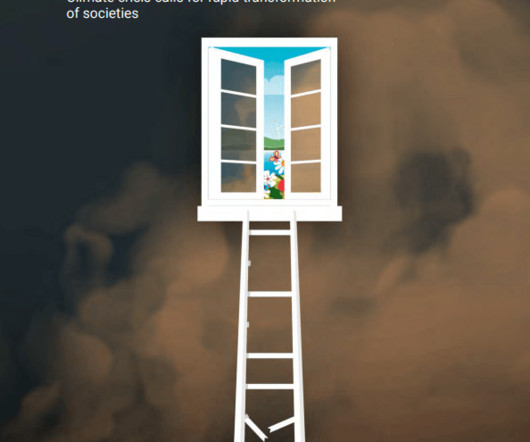FABLE Consortium co-leads "Transforming food systems" chapter of the 2022 Emissions Gap Report
Sustainable Development Network
OCTOBER 28, 2022
SDSN is proud to have contributed to Chapter 6 "Transforming food systems" of UNEP's 2022 Emissions Gap Report thanks to our FABLE Consortium scientific director Aline Mosnier. In the best-case scenario, full implementation of unconditional NDCs and additional net-zero emissions commitments point to only a 1.8°C C in place.












Let's personalize your content